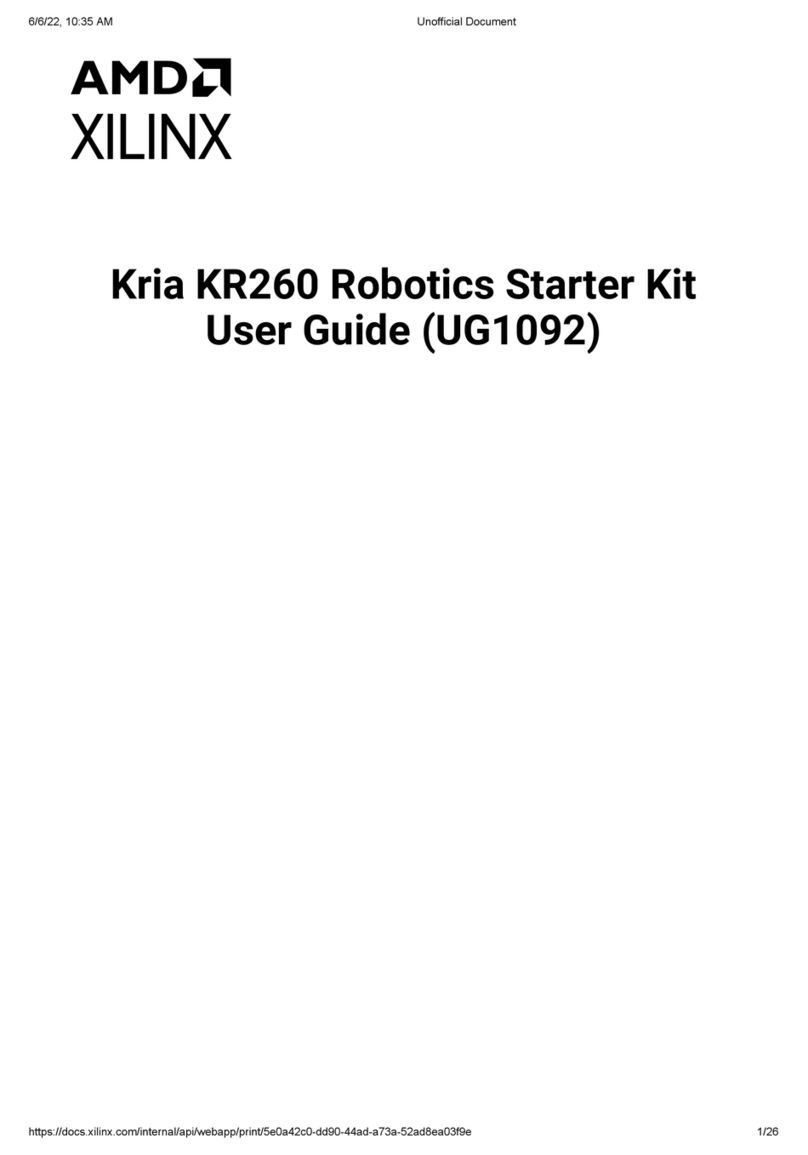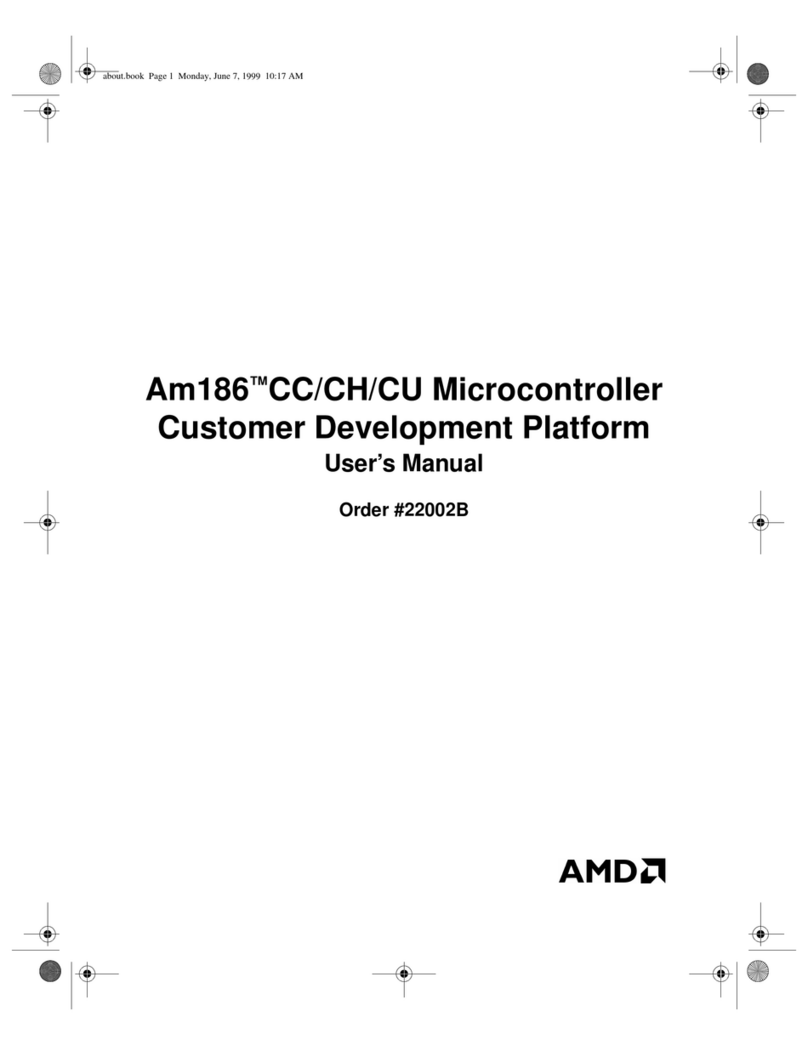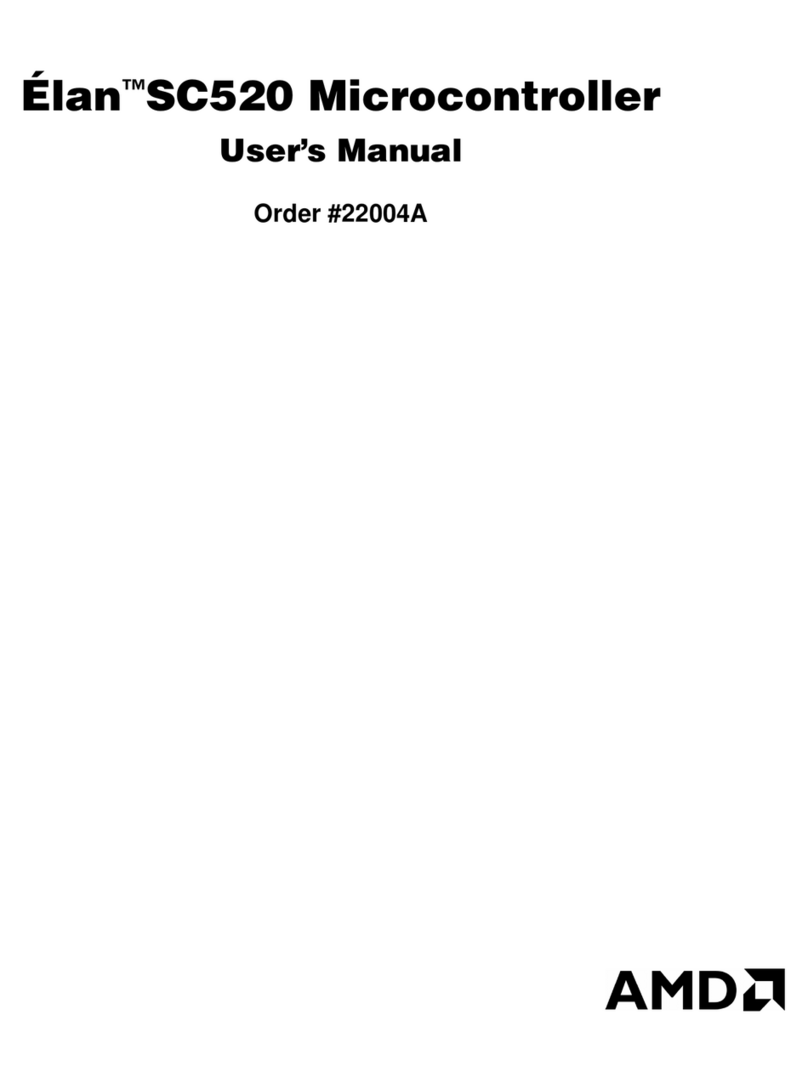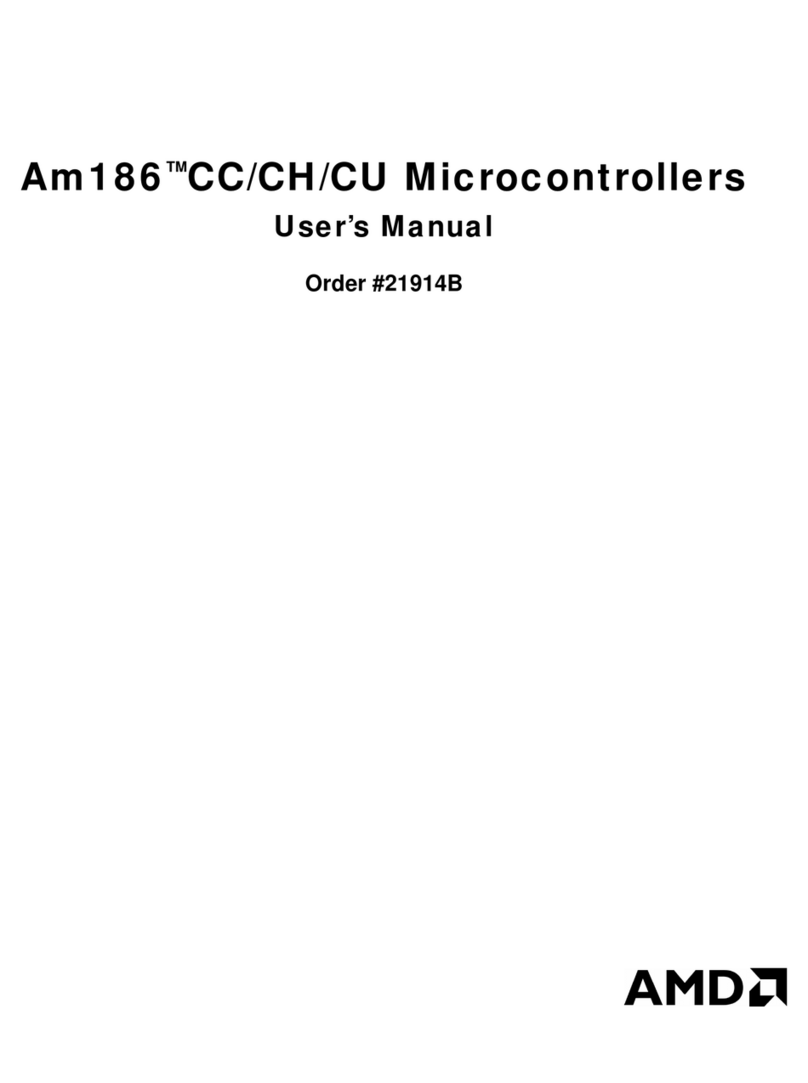
Table of Contents
vi
3.1.4 Comparison . . . . . . . . . . . . . . . . . . . . . . . . . . . . . . . . . . . . . . . . .3-3
3.1.5 Control Transfer . . . . . . . . . . . . . . . . . . . . . . . . . . . . . . . . . . . . . .3-3
3.1.6 Data Movement . . . . . . . . . . . . . . . . . . . . . . . . . . . . . . . . . . . . . .3-5
3.1.7 Decimal Arithmetic . . . . . . . . . . . . . . . . . . . . . . . . . . . . . . . . . . . .3-6
3.1.8 Flag . . . . . . . . . . . . . . . . . . . . . . . . . . . . . . . . . . . . . . . . . . . . . . . .3-7
3.1.9 Input/Output . . . . . . . . . . . . . . . . . . . . . . . . . . . . . . . . . . . . . . . . .3-8
3.1.10 Logical Operation . . . . . . . . . . . . . . . . . . . . . . . . . . . . . . . . . . . . .3-8
3.1.11 Processor Control . . . . . . . . . . . . . . . . . . . . . . . . . . . . . . . . . . . . .3-9
3.1.12 String . . . . . . . . . . . . . . . . . . . . . . . . . . . . . . . . . . . . . . . . . . . . . .3-9
3.2 INSTRUCTION SET in alphabetical order . . . . . . . . . . . . . . . . . . . . . . . .3-11
CHAPTER 4 INSTRUCTION SET
4.1 INSTRUCTIONS . . . . . . . . . . . . . . . . . . . . . . . . . . . . . . . . . . . . . . . . . . . .4-1
AAA ASCII Adjust AL After Addition.....................................................4-2
AAD ASCII Adjust AX Before Division..................................................4-4
AAM ASCII Adjust AL After Multiplication.............................................4-6
AAS ASCII Adjust AL After Subtraction................................................4-8
ADC Add Numbers with Carry............................................................4-10
ADD Add Numbers ............................................................................ 4-14
AND Logical AND ...............................................................................4-17
BOUND Check Array Index Against Bounds ...........................................4-19
CALL Call Procedure ...........................................................................4-21
CBW Convert Byte Integer to Word.....................................................4-24
CLC Clear Carry Flag.........................................................................4-26
CLD Clear Direction Flag ...................................................................4-29
CLI Clear Interrupt-Enable Flag........................................................4-31
CMC Complement Carry Flag.............................................................4-33
CMP Compare Components...............................................................4-34
CMPS Compare String Components.....................................................4-36
CWD Convert Word Integer to Doubleword.........................................4-40
DAA Decimal Adjust AL After Addition ...............................................4-42
DAS Decimal Adjust AL After Subtraction..........................................4-45
DEC Decrement Number by One .......................................................4-48
DIV Divide Unsigned Numbers .........................................................4-50
ENTER Enter High-Level Procedure.......................................................4-53
ESC Escape .......................................................................................4-56
HLT Halt.............................................................................................4-57
IDIV Divide Integers...........................................................................4-60
IMUL Multiply Integers.........................................................................4-63
IN Input Component from Port........................................................4-67
INC Increment Number by One.........................................................4-69
INS Input String Component from Port .............................................4-71
INT Generate Interrupt......................................................................4-73
IRET Interrupt Return..........................................................................4-76
JA Jump If Above............................................................................4-78
JAE Jump If Above or Equal..............................................................4-80
JB Jump If Below.............................................................................4-82
JBE Jump If Below or Equal ..............................................................4-84
JC Jump If Carry..............................................................................4-86
JCXZ Jump If CX Register Is Zero.......................................................4-87
JE Jump If Equal ............................................................................. 4-89
































